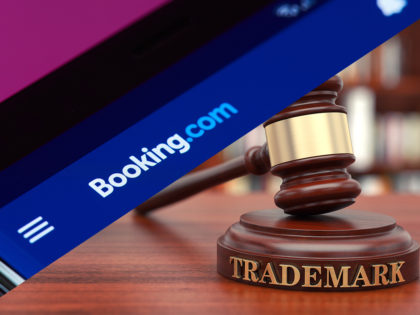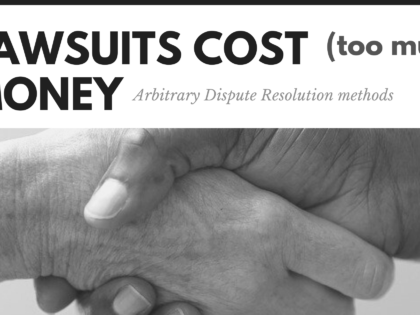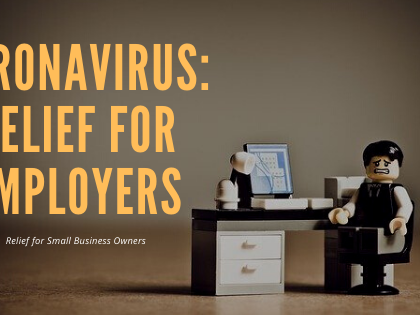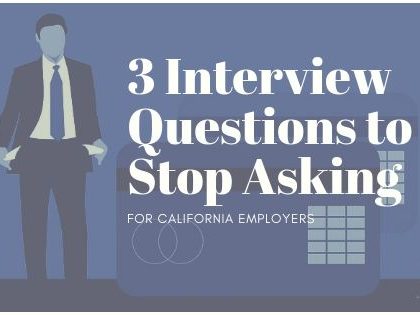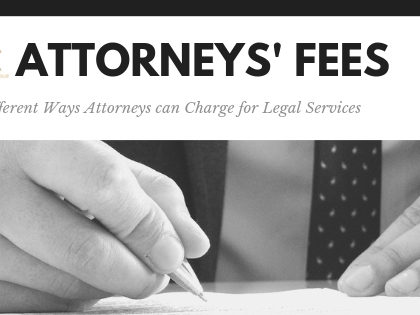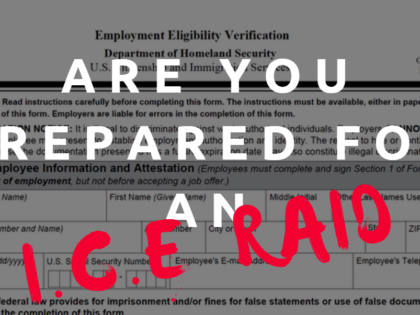Ways Your Business Might Be Violating the ADA and What to Do About It
0 CommentsThe Americans with Disabilities Act (ADA) protects individuals with disabilities from discrimination. Nearly all public and private businesses serving the general public must comply. Even if you’re conscious about ADA compliance, there are several ways you may be violating the ADA without realizing it.
Being Accessible
If your business serves the public, it must conform to minimum accessibility standards according to Title III of the ADA.
- Can individuals with disabilities get into your building? The lack of a ramp, no curb cuts, or a too-high lip at the entrance can impede an individual’s access.
- Parking spots need to be clearly marked, and there should be room for a van with a ramp.
- A common violation that may not be immediately obvious is the lack of aisle space. If you sell merchandise, aisles should be wide enough to be wheelchair accessible.
It’s not only new buildings that need to be compliant with the ADA. Existing facilities must remove accessibility barriers. Your building may not have to remove barriers, however, if making the modifications would be too difficult or too costly.
Providing Reasonable Accommodations
A reasonable accommodation entails modifying the work environment so that an employee can perform the essential functions of his or her job. For example, if the employee were to have a communication disability such as being deaf or hard of hearing, it would be the business’s responsibility to provide accommodations such as sign language interpreters.
However, if the accommodation would cause an undue hardship on the business, you as an employer would not be required to provide that accommodation. An undue hardship involves accommodations that would be too costly to the organization, drain its resources, lower job efficacy, or infringe on the rights of others.
Watching for Discrimination
Title I of the ADA focuses on protecting employees with disabilities from discrimination. Businesses with 15 or more employees must comply. This means you cannot let disabilities come into play when making hiring or firing decisions. When writing ADA-compliant job descriptions, the language you use should be careful not to discourage an individual with a disability from applying. Although, you don’t have to hire an individual if they cannot perform essential job functions with the help of reasonable accommodations
Remember, as an employer, you are also responsible for providing a non-discriminatory work environment. If you have employees who are harassing an individual with a disability, you need to address it.
Learning to navigate ADA requirements is necessary to protect your business from lawsuits and improve the lives of individuals with disabilities. Keep an eye out for common violations and address them promptly when they come to your attention.



